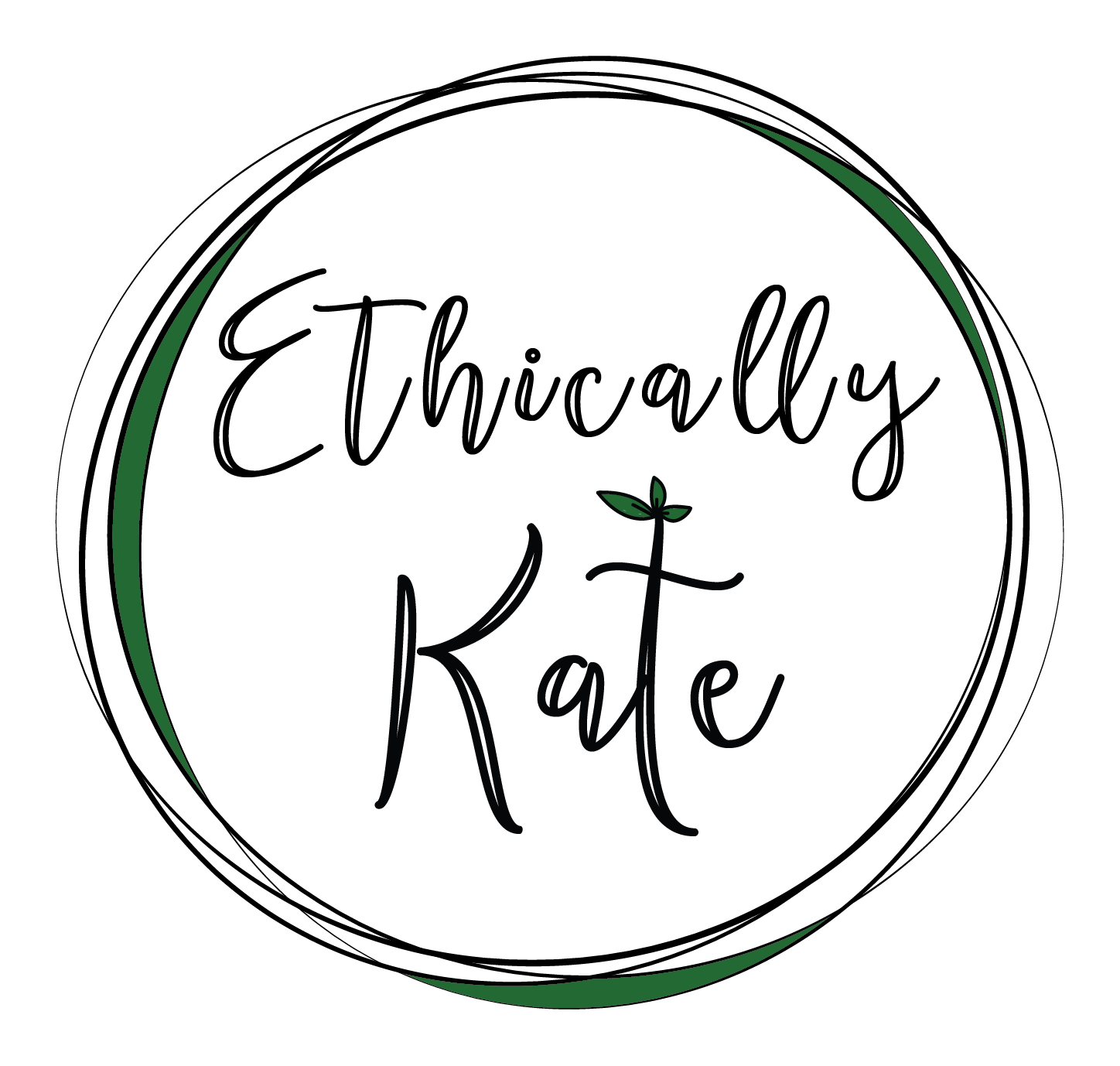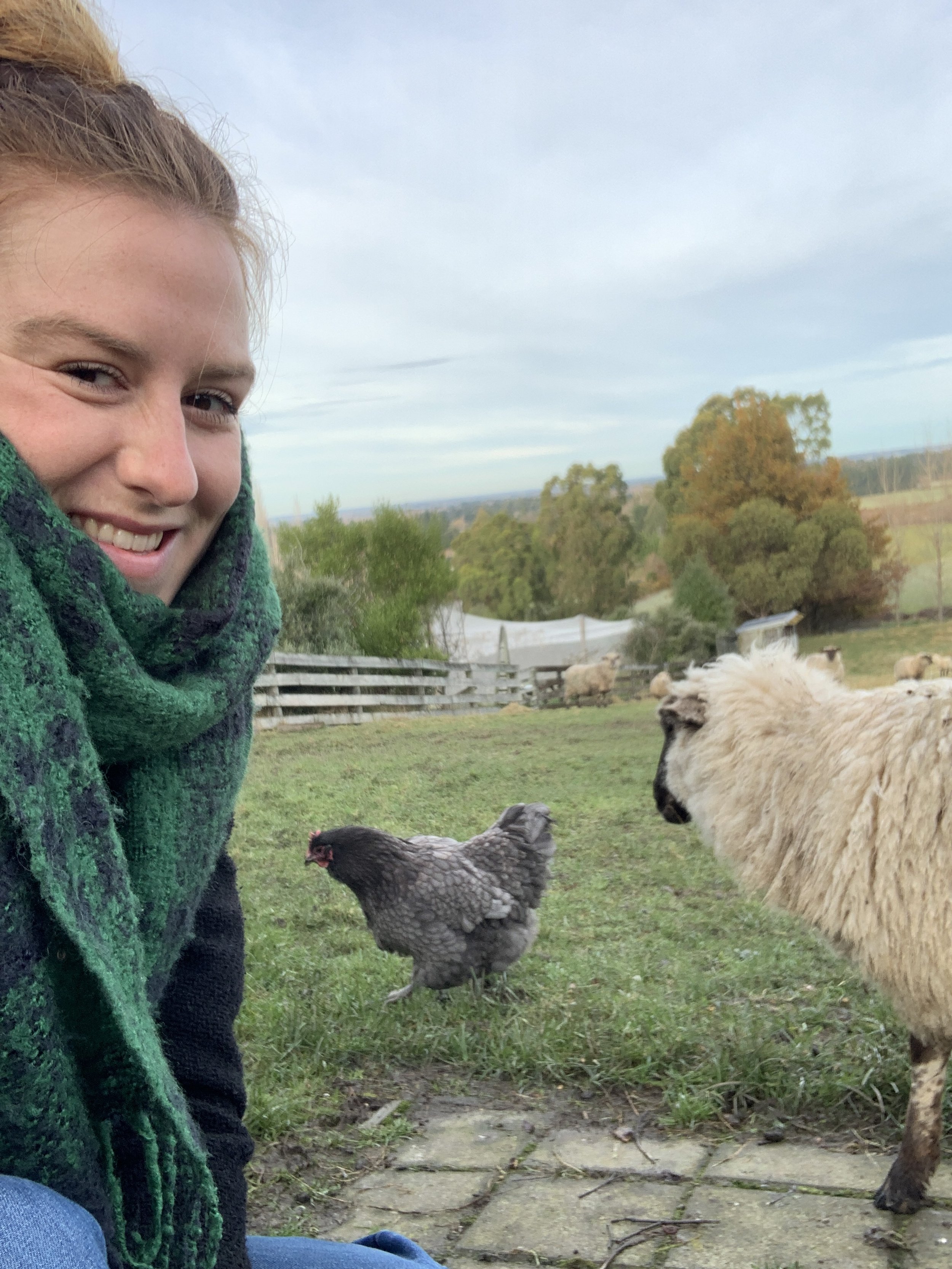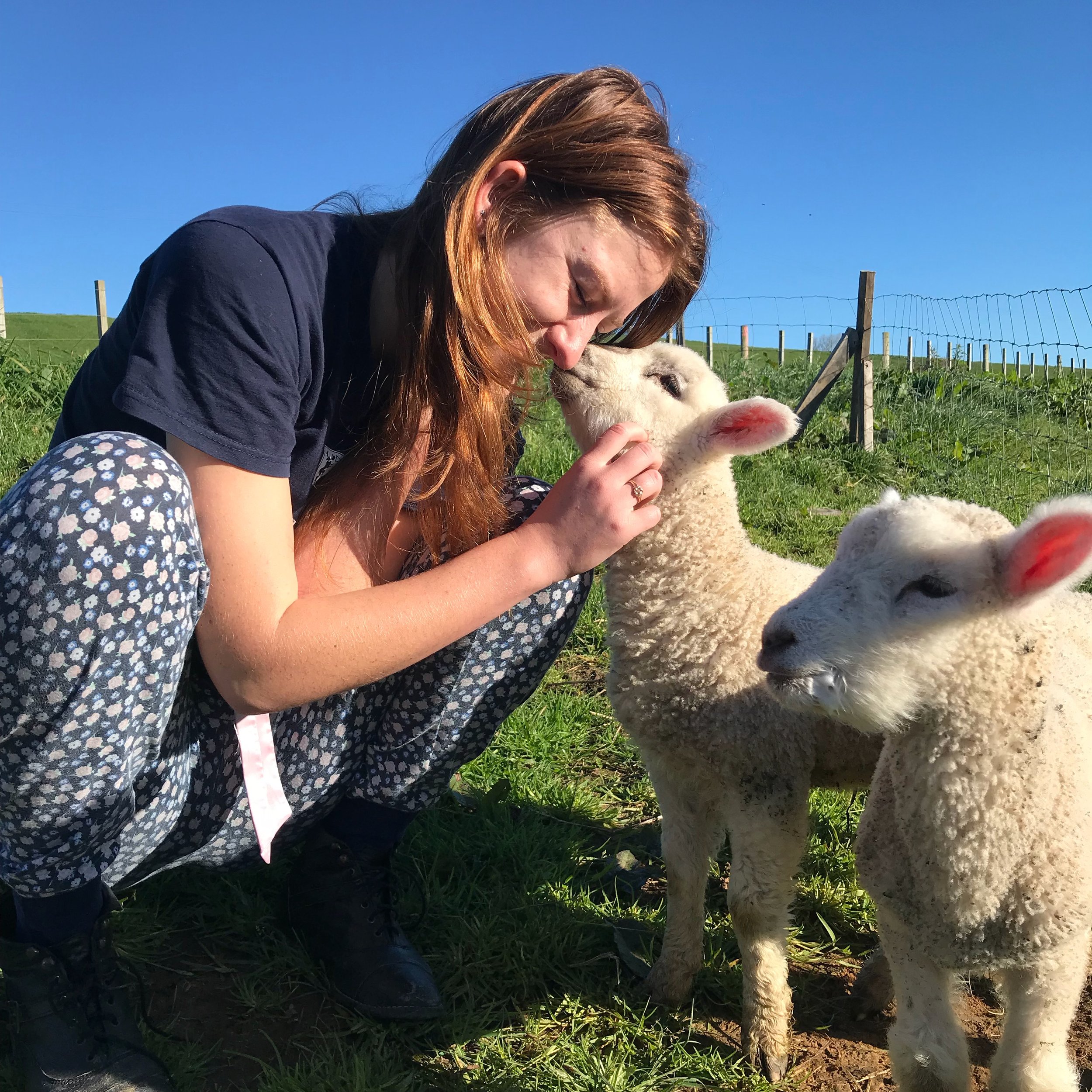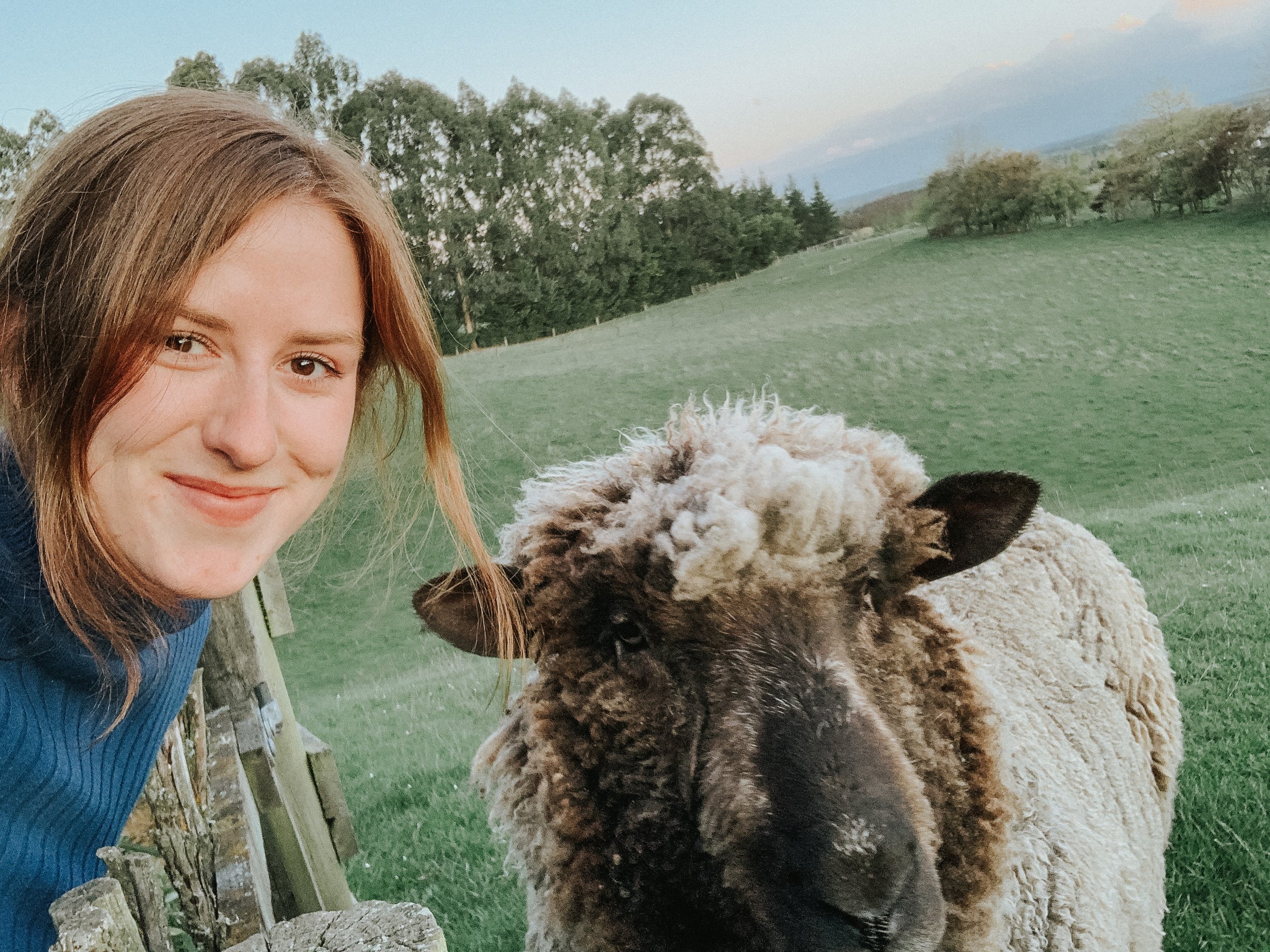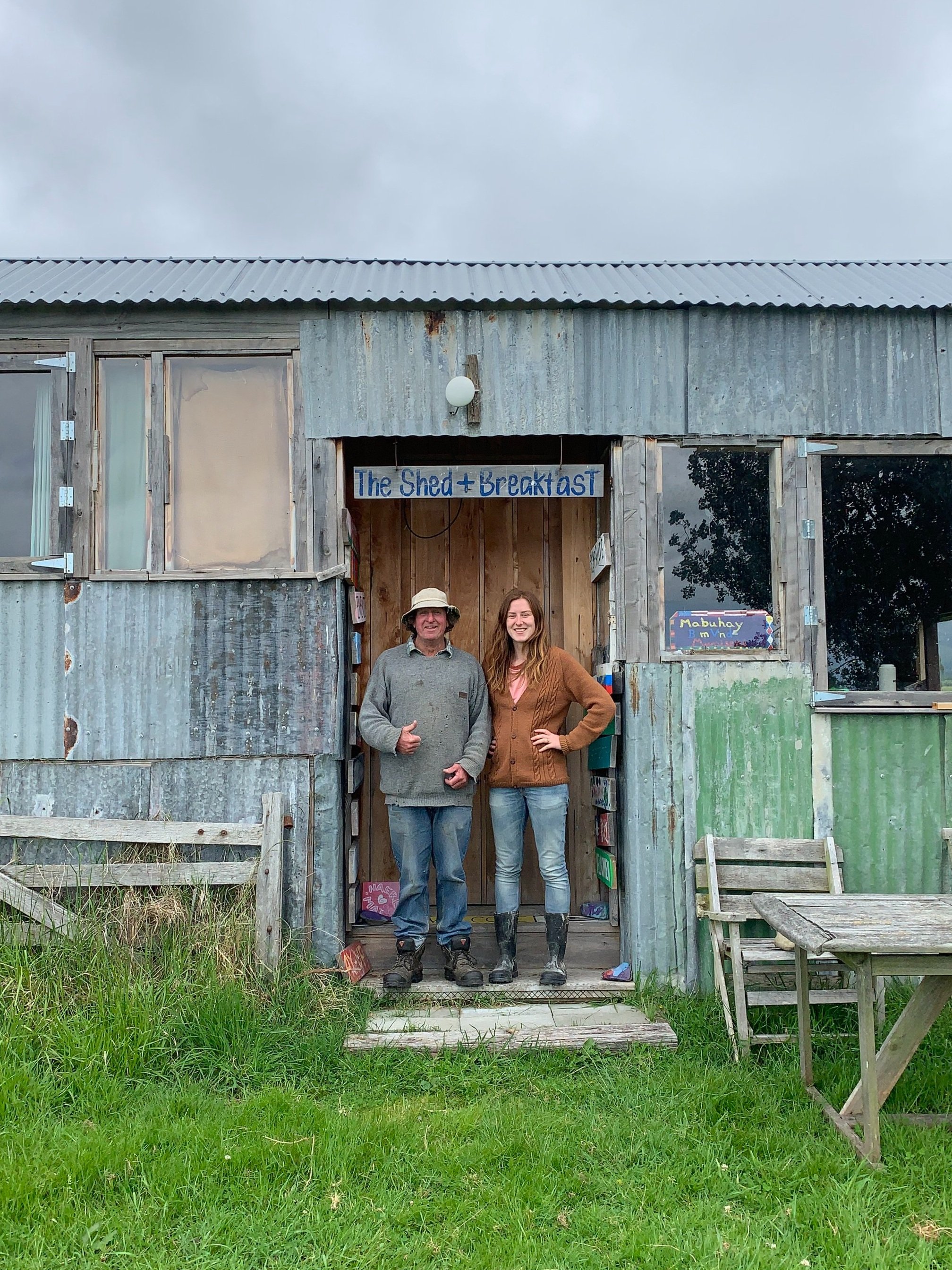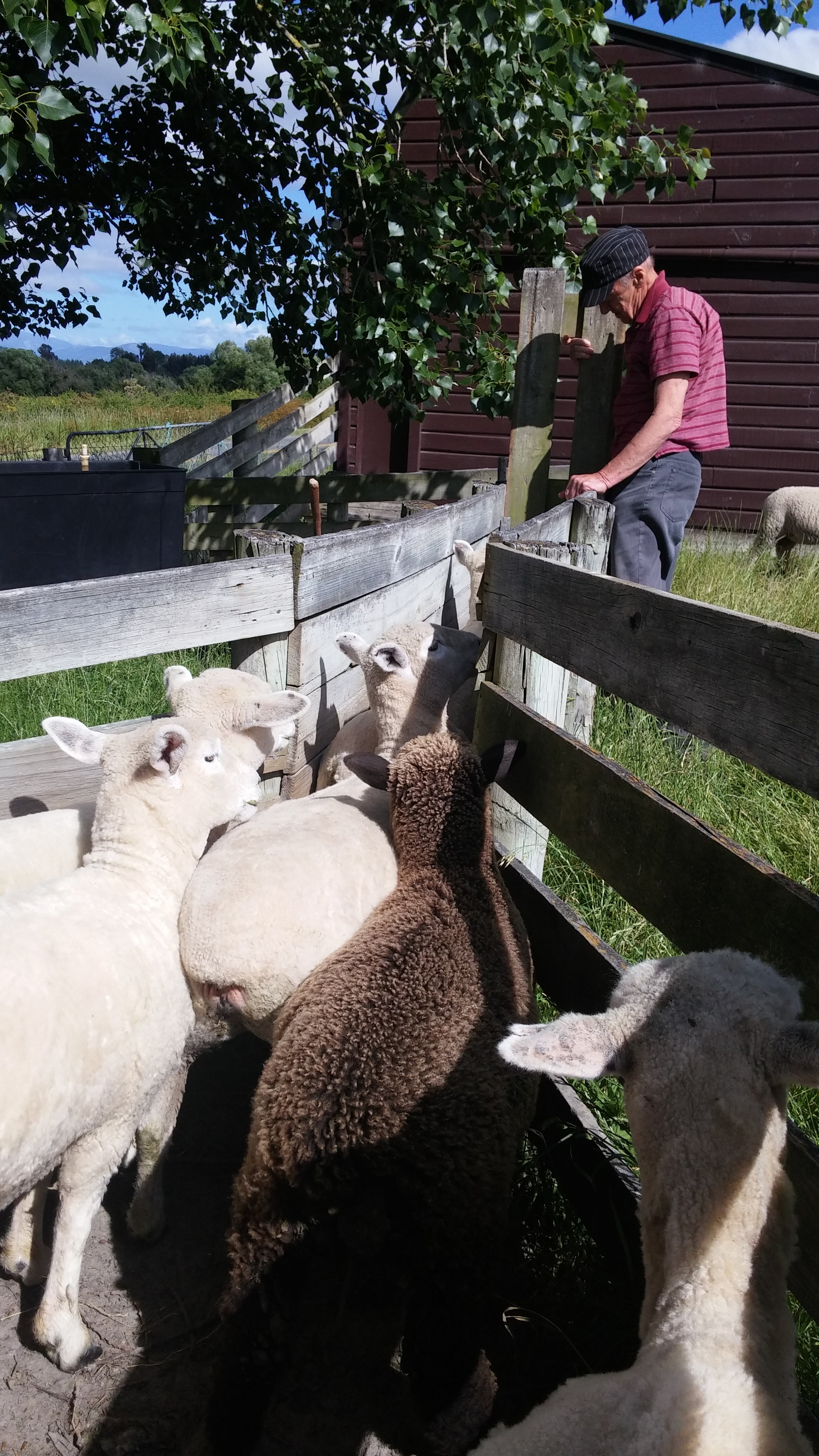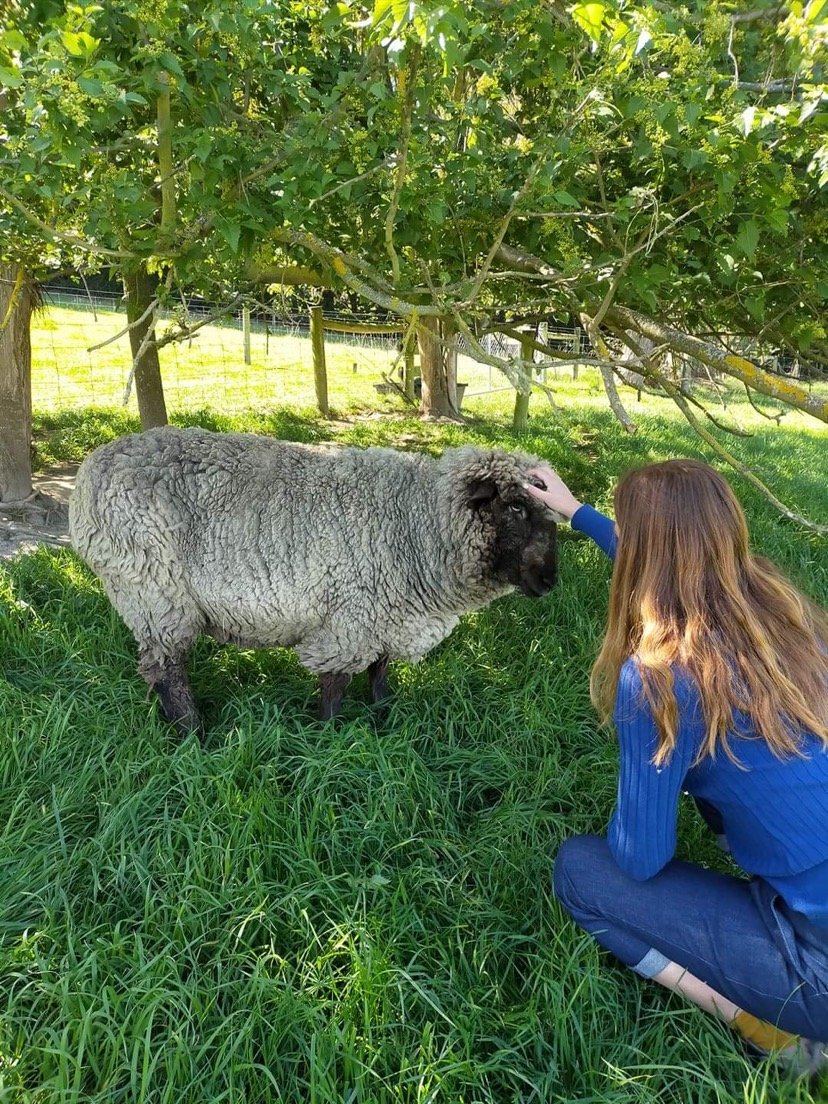Is Wool Sustainable?
Like every article you’ll find on the internet that discusses the ethics and sustainability of the wool industry, this wool blog comes with a bias. I am a vet’s daughter. I grew up holidaying on a sheep farm and visit every year. My ancestors were sheep farmers. I am wearing two garments made from wool while I write this. I’ve found myself in wool sheds so many times. I love wool.
My intent of this blog post isn’t to pull the wool over your eyes (sorry, had to use that one) to convince you that wool is sustainable and you should all ignore the unethical practices that are found at some sheep farms. Instead, my desire is to add to your woolly research, present you with some of my favourite things about wool, explain its key functions that go beyond the classic wool jumper, and generally help you decide if using wool in your life is right for you.
Before we jump into the fun stuff about the uses of wool, let’s start with the basics.
What is wool?
Wool is a natural fibre obtained from sheep and other animals like goats, camels, and rabbits. Wool is also used to refer to inorganic fibres like glass wool because these materials can act and look like sheep wool. For the purposes of this blog post, when I say wool, I generally mean wool from sheep.
Wool is obtained by shearing a sheep; using clippers to trim the wool off a sheep’s body, kinda like I do when I give my husband a haircut. If you search, ‘Is shearing sheep ethical’ you’ll find all sorts of answers. Some will tell you that the process of mustering, yarding, and shearing the sheep is a stressful and unethical ordeal, others will remind you that if sheep are not shorn, their coats become incredibly matted and tangled, which inhibits their ability to move and can make the sheep incredibly unwell (e.g. blowflies lay eggs, the maggots create sores which get infected, and the sheep undergoes a painful natural death or euthanasia).
Before humans started domesticating sheep (around 3500 BC), they naturally dropped their coats and grew new ones. The sheep we know today are vastly different from sheep pre-domestication. No matter what opinions you have about humanity’s decision to start shearing sheep and using their wool as a resource to make clothes and other products, sheep today require shearing. This leads us to the question, ‘Is wool ethical?’ and how can we ensure when sheep are shorn, it’s done in the best way possible.
Is wool ethical?
This is a question everyone needs to answer for themselves, using their own code of ethics while keeping in mind that not all wool is produced the same way. There are three key things to think about: the shearing itself, general care, and the quality of life of the animal.
Farmers can reduce the stress and strain on their animals during the annual shearing session by doing things like lowering the amount of time the sheep spend in the yard, shearing quickly but cleverly (hiring expert shearers), and considering the design of their shearing yards so the sheep are safe, watered, and fed during the shearing. For example, new yards are often designed with rounded races instead of in a straight line (animals don't like corners). There are many more techniques farmers use to reduce stress, but I won’t turn this blog into a ‘how to shear’ guide - hopefully you get the idea!
Whenever I think of the wild contrasts in sheep farming methods and the variety in the quality of life of the animals, I picture the standard full fields of sheep in regimented paddocks compared to the sheep on my friend’s organic farm in the South Island of Aotearoa New Zealand. Farmer David’s neighbours get frustrated at his relaxed way of farming and he calls himself a ‘lazy farmer’, even though I think he’s pretty onto it. The sheep are free to hang out essentially wherever they want to and live their best life.
It’s important we understand the nuance of wool production and look to support sustainable wool practices wherever possible.
Responsible Wool Standard, ZQ Merino Standard and NZFAP (New Zealand Farm Assurance Programme) are good certifications to look out for. They are not perfect by any means, but they are great starting points. They prohibit mulesing (a horrible practice that is banned in Aotearoa New Zealand anyway) and live export trade however, the sheep can still be sold to slaughterhouses.
It’s up to you to decide ‘Is wool ethical?’ and make your own purchasing decisions based on your personal code of conduct. Wool is not a vegan material as it comes from an animal, yet I know some vegans who are comfortable wearing second-hand wool clothes. It’s a personal choice!
The carbon footprint of the wool industry is another factor to consider, though research around this is so variable and still being worked on, so I will leave that discussion for another day.
What can you do with wool?
My favourite thing about wool is its versatility. Chances are, when you’ve read the word wool in this blog post so far, you’ve thought of woollen clothes. You’re right, wool is a popular material used to make clothing, but it has so many more uses! Wool regulates temperature, absorbs moisture, is fire resistant, and has antimicrobial properties, which makes for a brilliant textile to use for all sorts of needs.
Wool in the garden
Wool is used to make pots for seedlings as it can be planted straight into the ground where it will break down into the soil. It’s also a great pest repellent. I was given some felted mats made from wool that arrived in my neighbour’s food delivery to keep her food cool. I cut the mats into round shapes that sat perfectly under my broccoli plants. Snails don’t like to crawl along wool, so the wool was a good plant protector and broke down over time too.
When I last visited Farmer David on his organic sheep farm, I spotted a strange greenhouse full of wool. I had to squint my eyes to spot baby tomato plants popping out of the wool mulch! David explained that the wool works as a mulch to keep the seedlings protected, warm, and moist as they grow.
Although I am not a fan of lawns (I think they’re a little pointless when you could be growing food or natives instead!), after renovating our deck in 2021, we replanted a small strip of lawn around our house. We opted for a wool product that is essentially a woollen felted mat filled with grass seeds, laid across soil. The wool nurtures the seeds as they sprout and grow, and the wool decomposes into the soil over time. The wool used in this product was unclean wool, not suitable for clothing etc. It was much more sustainable than laying out lawn that is grown in a monoculture with multiple pesticides and it worked a treat!
Wool in your home
When I sleep at night in the winter, I feel like a sheep. My pillow is made from wool, my winter duvet inner is wool woven by Farmer David and my woollen slippers are made by him too. The wool duvet is my husband’s favourite thing about winter. He runs hot when sleeping, while I need extra warmth. Because of the breathability of wool, the weighted duvet regulates both of our temperatures perfectly.
The insides of my Do Not Disturb pillow.
Woollen carpets are another key item you’ll find in homes, in lieu of synthetic carpets that take the equivalent of around 22,000 plastic supermarket shopping bags to carpet a 3 bedroom home! We chose to recarpet our lounge with wool because of the reduced fire risk too. Wool has an extremely low ignition rate and is naturally fire resistant, so homes with wool carpets fear far better in house fires.
Wool is used to stuff cushions, dog beds, and mattresses, but it’s also used in the construction of your home too. You may find wool in the cavities of your home acting as a natural insulator and woollen acoustic panels are growing in popularity as it absorbs sound wonderfully.
Again, I know this isn’t a balanced article about wool. I’ve obviously already made my mind up about the product. But as the wool industry continues to suffer (the price of wool currently doesn’t even cover the cost of shearing the sheep!), my mission is to encourage people to opt for wool instead of nasty synthetic fibres. Wool is a genius fibre and I rely on it so much. Whether you sit in the second hand wool boat, are happy to utilise recycled wool, jump across into the ‘wool addict’ camp with me, or decide it’s not a textile you are happy to use, I hope you’ve learnt more about wool and the nuance of the industry.
Photo by David Fransen.
*I only work with brands I love, use, and can wholeheartedly back. This is a sponsored blog but 100% my own words, photos, and opinion.
